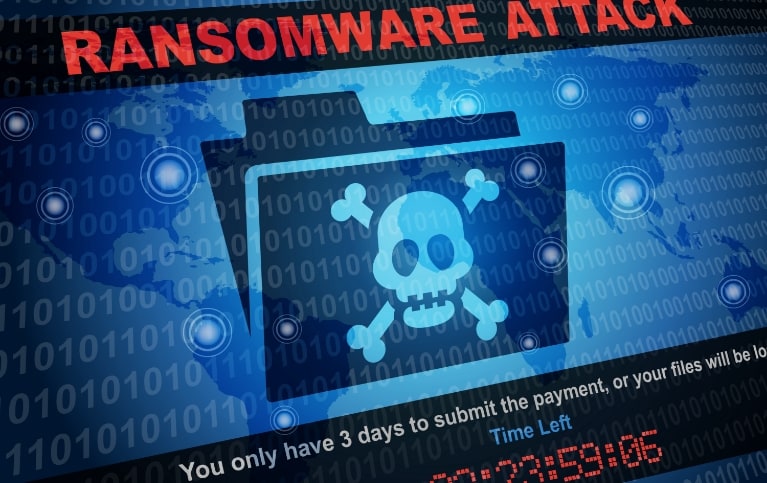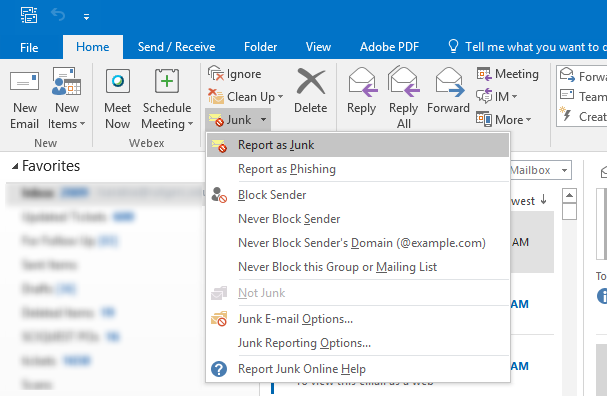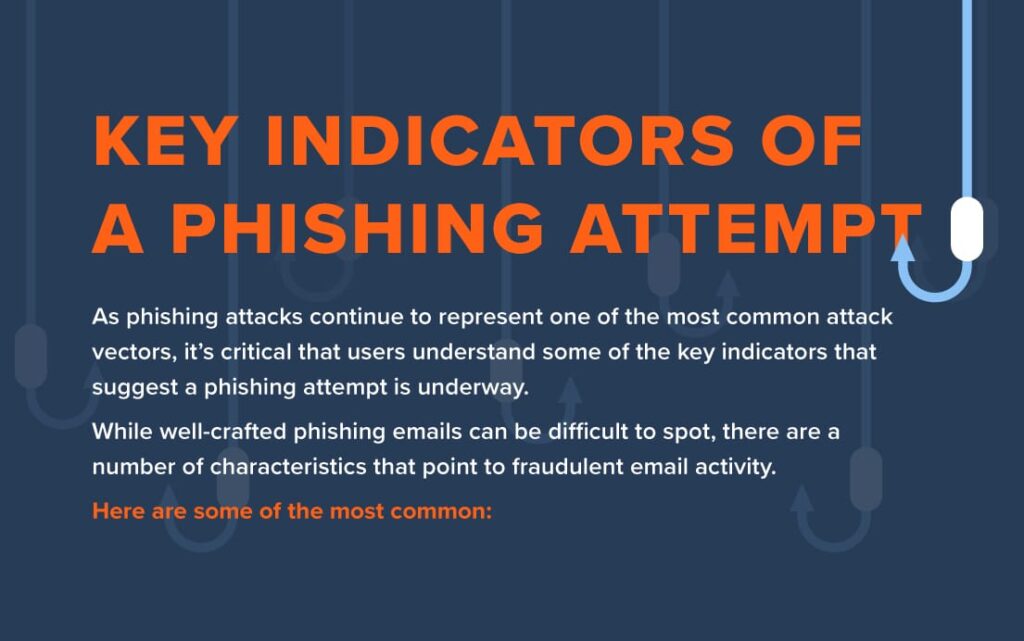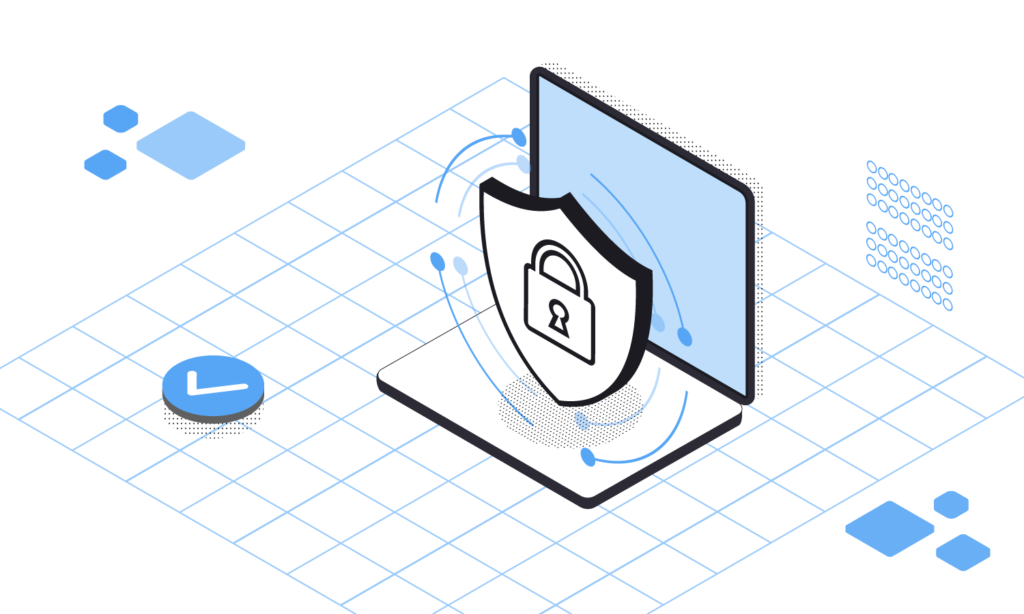Ransomware is one of the most virulent threats companies face today. It is a type of malicious software that encrypts data, making it unusable, and demands a ransom for its release. Unfortunately, with ransomware attacks becoming ever more sophisticated and frequent, companies need to be prepared to face the possibility of such an attack.
That means having a comprehensive plan in place to handle any ransomware attack. The plan should include measures to identify the attack, contain it, and recover any files that have been encrypted. This article will provide a comprehensive overview of how companies should handle ransomware and the steps they should take to protect themselves.
Companies should take proactive measures to protect against ransomware, such as investing in comprehensive security solutions, regularly backing up data, and training employees on best practices. Additionally, companies should ensure their IT teams are prepared to respond quickly to a ransomware attack and have a detailed plan in place for how to respond.
- Invest in comprehensive security solutions
- Regularly back up data
- Train employees on best practices
- Prepare IT teams to respond quickly
- Have a detailed plan in place

What is Ransomware?
Ransomware is a type of malicious software (malware) that is designed to block access to a computer system or encrypt a user’s data until a ransom is paid. It can be spread through email attachments, malicious websites, and other means of social engineering.
Ransomware is a growing threat to businesses and individuals. It can result in the loss of sensitive data, financial losses, and disruption of operations. It is important for companies to understand the risks associated with ransomware and how to protect themselves from it.
Steps to Take to Prevent Ransomware
The first step in preventing ransomware is to have a comprehensive security plan. This should include regularly updating software, anti-virus, and anti-malware programs, as well as using firewalls and other forms of network security. Training staff on recognizing suspicious emails and implementing policies that encourage safe browsing habits can also help prevent ransomware attacks.
Companies should also keep backups of their data. This can help ensure that they have access to the data they need even if they are affected by a ransomware attack. Backups should be stored off-site, or on an external hard drive. Additionally, companies should regularly test their backups to make sure they are working properly.
Responding to a Ransomware Attack
If a company is affected by a ransomware attack, the first step should be to disconnect the affected systems from the network. This will prevent the ransomware from spreading to other systems. It is important to note that simply disconnecting from the network may not be enough to stop the ransomware from encrypting data.
Once the systems are disconnected, the company should contact a reputable security firm for assistance in assessing the damage and responding to the attack. It is important not to pay the ransom, as this could encourage the attackers to target the company again in the future.
The security firm can help the company restore the affected systems. This process may include restoring data from backups, reinstalling systems and software, and running scans to ensure the ransomware has been completely removed.
Monitoring and Ongoing Security
Once the affected systems have been restored, companies should continue to monitor their networks for suspicious activity. This includes regularly scanning for malware, as well as monitoring for any unusual network traffic.
It is also important to ensure that security measures are regularly updated and tested. This includes ensuring that software and anti-malware programs are up to date, and that firewalls and other forms of security are properly configured. Additionally, companies should regularly review and update their security policies and procedures.
Finally, companies should ensure that their staff are properly trained on security policies and procedures. This includes teaching staff how to recognize suspicious emails and other forms of social engineering, and encouraging safe browsing habits.
Frequently Asked Questions
Ransomware is malicious software that holds data hostage until the victim pays a ransom. This can be a costly security breach for companies, so it’s important to know how to handle it. Here are some frequently asked questions about how to handle ransomware.
What is Ransomware?
Ransomware is a type of malicious software (malware) that is designed to block access to a computer system or its data until a sum of money is paid. It usually targets computers running Windows operating systems, but can also target other operating systems. It can be spread through phishing emails, malicious websites, or by exploiting known vulnerabilities.
How Can Companies Prevent Ransomware?
Companies can take several steps to help prevent ransomware attacks. These include ensuring all software is up to date, disabling macros in Microsoft Office documents, using endpoint security software, limiting administrative privileges, and training employees to recognize phishing emails and other suspicious activity. Additionally, companies can use email and web filtering tools to block malicious content and ensure all data is backed up regularly.
What Should Companies Do If They Are Hit By Ransomware?
If a company is hit by ransomware, the first thing they should do is shut down the affected systems and disconnect them from the network to limit the spread of the infection. The company should then contact law enforcement and a qualified cybersecurity professional to help assess the damage and take steps to recover their data. Additionally, the company should review their security policies and procedures to ensure they are up to date and appropriate for the organization.
How Can Companies Recover From a Ransomware Attack?
Companies can recover from a ransomware attack by restoring their systems from a backup. This is why it is important for companies to have regular backups of their data, ideally stored offsite or on a separate system. If a backup is not available, companies may be able to recover their data using specialized ransomware recovery tools. Additionally, organizations should review their security systems and procedures to ensure they are up to date and appropriate for the organization.
Should Companies Pay the Ransom?
No, companies should not pay the ransom. While it may seem like the quickest and easiest way to recover their data, it is not a reliable solution and could put the company at risk of further attacks. Additionally, it could encourage cybercriminals to continue to target the company. Instead, companies should take steps to recover their data from a backup or specialized recovery tools.

In conclusion, companies should understand that ransomware is one of the most serious threats to their online security and should be taken very seriously. Companies should invest in antivirus software, firewalls and other measures to protect their data and systems from ransomware attacks. Strict security protocols should be established to ensure that employees, contractors and vendors are informed about the dangers of ransomware, and that they understand the measures that must be taken to protect their systems from such attacks. Companies should also have a plan in place to respond to ransomware attacks in the event they occur. By taking proactive steps to protect their data and systems, companies can minimize the chances of a successful ransomware attack.



